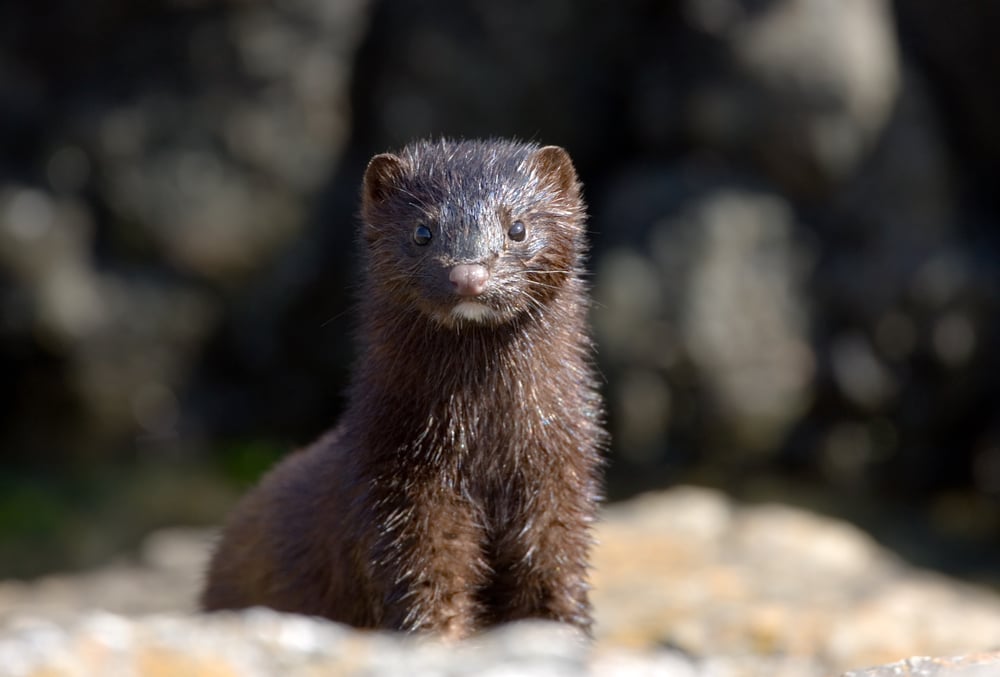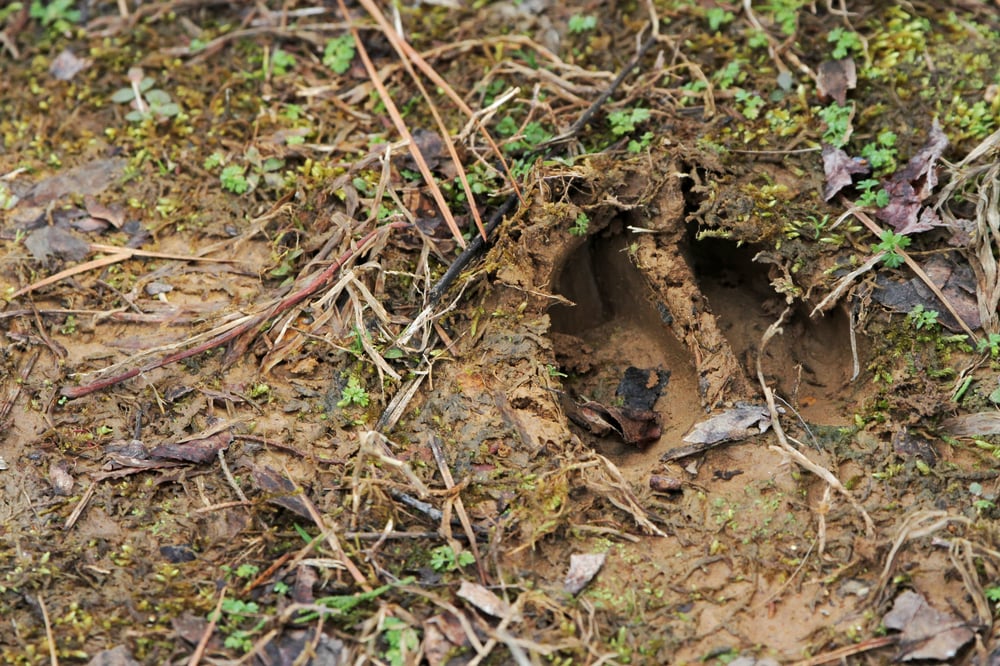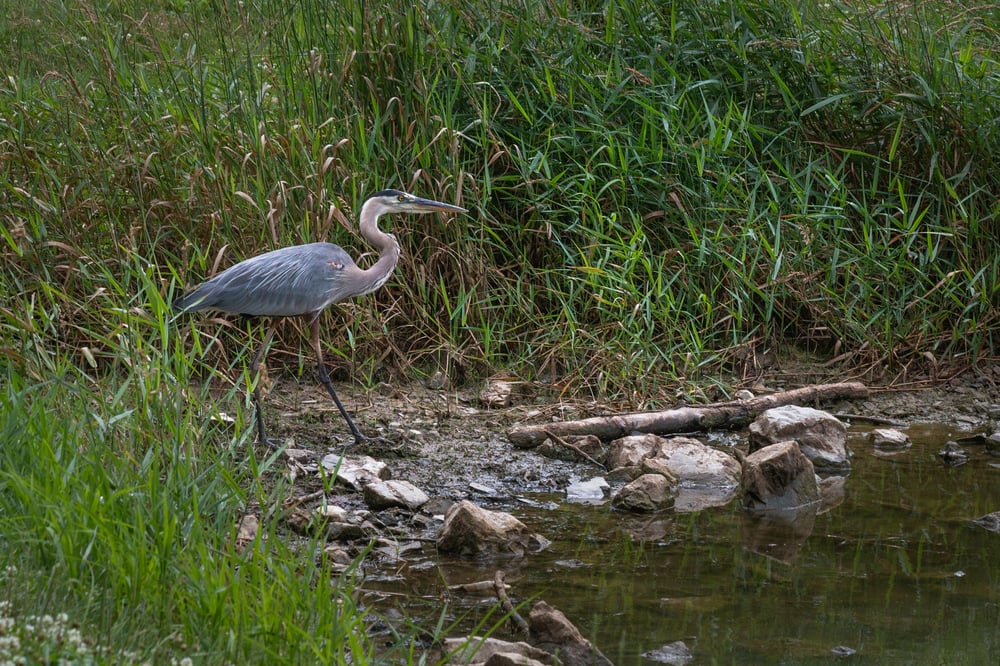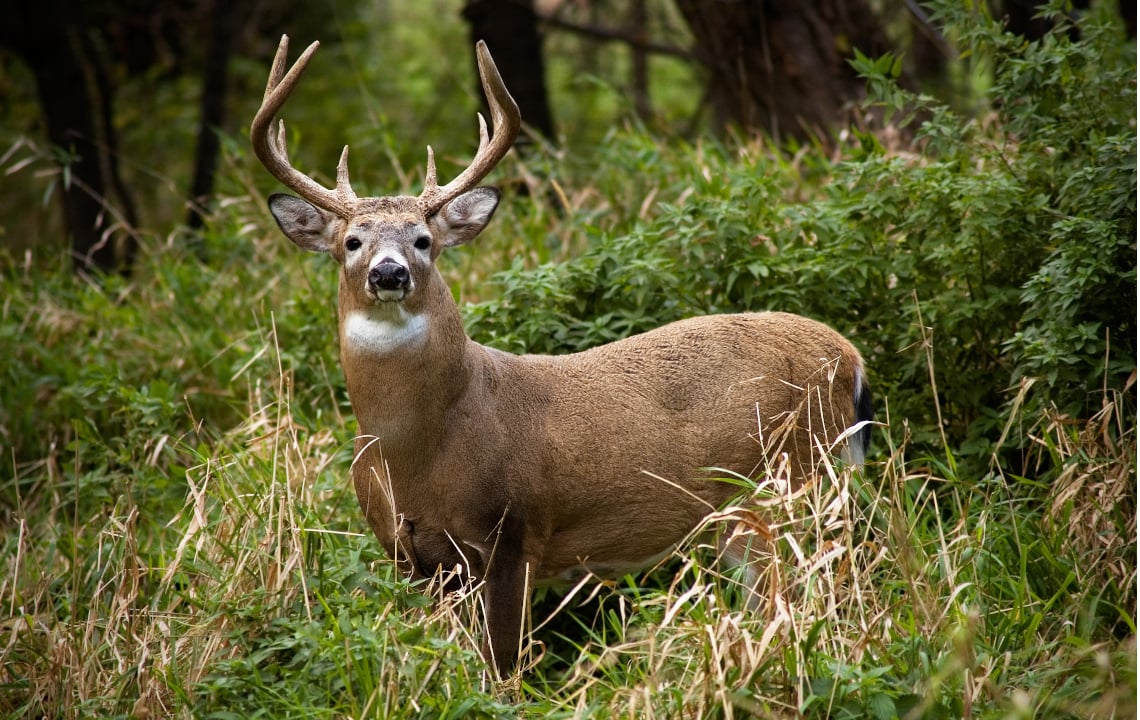Are you curious about the wildlife that shares or runs through your property? While trail cams can help, there's no substitute for developing keen senses. A survival expert and hunter shares how to spot evidence of various wildlife on your rural land.
Seeing animal tracks or other evidence of their passing is like reading a newspaper recording their presence.
It may involve only tracks, the remnants of a meal or scat.
Sometimes, we see the animals if we are very still and attentive, but often, they are nocturnal or crepuscular, and we only read the signs of their passing in the evidence of tracks and other signs of their presence.
It evokes a sense of wonder to know that our path merges with that of wild creatures that passed along the same trails only hours earlier. We cannot know what wild eyes may peer furtively in our direction and allow us to pass them unseen in their coverts.
We can only wish that our powers of observation might be as acute as theirs!
In this article, I'll share tips on how to identify evidence of various creatures on your rural land and while out in nature.
Best Locations to Find Animal Tracks
Most animals are drawn to water. It may be thirst or the fact that certain foods are more abundant near streams or ponds. The sand or mud along the shoreline is the best location to find obvious tracks.

Evidence of Mink
Walking along a river in upstate South Carolina recently, I spotted a maze of mink tracks. They moved along the river bank and were usually within a foot of the moving water.
Their attraction to water is not by chance, as much of their dietary preference is found in or close to water.
This is an extensive list, including some other animals that are much bigger than the mink. The average mink is about 24 ounces and 18” long. Some may be much bigger, but this is the average size.
Minks' diet is made up of:
- Muskrats
- Fish
- Snakes
- Frogs
- Waterfowl
- Carrion
- Salamanders
- Clams
- Mussels
- Other prey of opportunity
Evidence of Beaver
Beaver were once scarce in South Carolina, but in recent years they have rebounded to the point that they are a nuisance in some areas.
They are easily detected by the numerous cuttings along streams, rivers and ponds.
They also gnaw down huge trees with their sharp incisors and eat the cambium under the bark. They use the smaller branches to store near their lodges for winter food and to build dams to create ponds on waterways.
Due to their highly visible activity, they are very easy to identify.
They leave stumps, wood chips and tracks as evidence of their passing.
They, along with otters, are amphibious creatures of the water, but unlike otters, they are vegetarians and do not consume fish.
Evidence of Whitetail Deer
Much has been written about whitetail deer. They are valued as prey by hunters and sought after by photographers due to their beauty and grace.
They leave distinctive tracks, especially where the soil is soft or sandy. If the soil is soft, their hooves will sink and leave a distinctive print showing the dewclaw.
There is a belief by many hunters that the bigger tracks indicate a mature buck, but that has not always proved to be true.

Deer are creatures of habit and walk the same trails often, leaving a distinct path.
Their sharp hooves cut into the leaves and soil, and the trail is usually very visible. Even in the fall, when the leaves are falling, and the trail is covered, you will feel the difference in the more solid surface when you step onto a trail.
Also, even though the tracks are covered, the leaves will be disturbed, and you can see where they passed. By kneeling low, you may more easily see where the leaves or grass have been disturbed by their passing.
Additional evidence, includes rub marks on trees when they are removing the velvet from their antlers. The bark is removed, and the cambium shows a very distinctive contrast due to being lighter in color than the bark.
Also, in the fall, the distinctive scrapes are easily spotted under overhanging limbs. They rub the limbs and lick them. The pre-orbital glands at the edge of the eyes leave a unique scent for other deer. They also urinate in the scrapes to leave their calling card for other deer to detect.
Early fall is welcomed by hunters as they key in on the increased testosterone of the big bucks that make them more vulnerable.
Evidence of Raccoons
These masked bandits of the woods leave distinctive tracks that are amazingly similar in shape to human hands.
They are agile creatures, and they hunt along creekbanks, seeking crayfish and other aquatic prey. They are not averse to robbing eggs or small chicks from bird’s nests and have a wide range of prey they consume.
Almost any waterway will reveal their unique tracks, as they are abundant and inhabit a wide range of habitats. Their image is often captured on trail cameras as they rob deer feeders. They are easily identified by their tell-tale mask and furry-ringed tail.
Evidence of Quail, Turkeys and Great Blue Herons
Great Blue Herons and other waterfowl are found along rivers and near ponds or lakes.
Although the herons stalk small fish and minnows in the shallows, they will occasionally leave tracks along the shoreline.
If you are lucky, you can spot a rookery along a river bottom. The big birds use a common area for nesting, and the tall treetops will be laden with huge nests.

Turkey tracks may be found along streams, but one habit of turkeys and quail is that of dusting.
If you look carefully along the edge of fallow fields, you may see bowl-shaped depressions in the ground where these birds have scratched the dusty soil and then fluttered in them. They do this to cover their feathers in an effort to rid themselves of parasites. In the process, they leave tracks in the excavated soil that identify them.
Evidence of Coyotes
It is becoming more common to discover coyote tracks. As a resident of upstate South Carolina, I have read that every county in our state now has a population of coyotes.
Coyotes are not discriminating about their diet and consume a wide range of prey and plant-based foodstuff.
Coyotes are especially disliked by deer hunters due to their preying on deer fawns in the early spring. Once the fawns are a little older, they are more difficult to catch, and the predation is reduced.
Coyote tracks are often seen in marshy areas or along streams and may be seen superimposed over deer tracks, where they have pursued or trailed them.
They are also nature’s undertakers and are not opposed to disposing of weak, dying or dead creatures.
Spotting Animals Closer to Home
If you have bird feeders, it is not uncommon to have hawks to hang around in an effort to ambush birds for a meal.
We have a number of feeders, and we see Sharp-shinned and Coopers hawks often. As we walk around the yard, we see evidence of where birds were captured and eaten by these hawks.
Doves come into our feeders and eat the black oil sunflower seeds that the small songbirds scatter on the ground. They are a favorite prey of the hawks, as they provide a substantial meal.
Detailed Observation
If we tune in to the small details around us, we will be amazed at the variety of tracks and other signs of animal activity, especially in rural places.
Learn to read nature’s newspaper, and it will enrich your life.




.jpg)




















